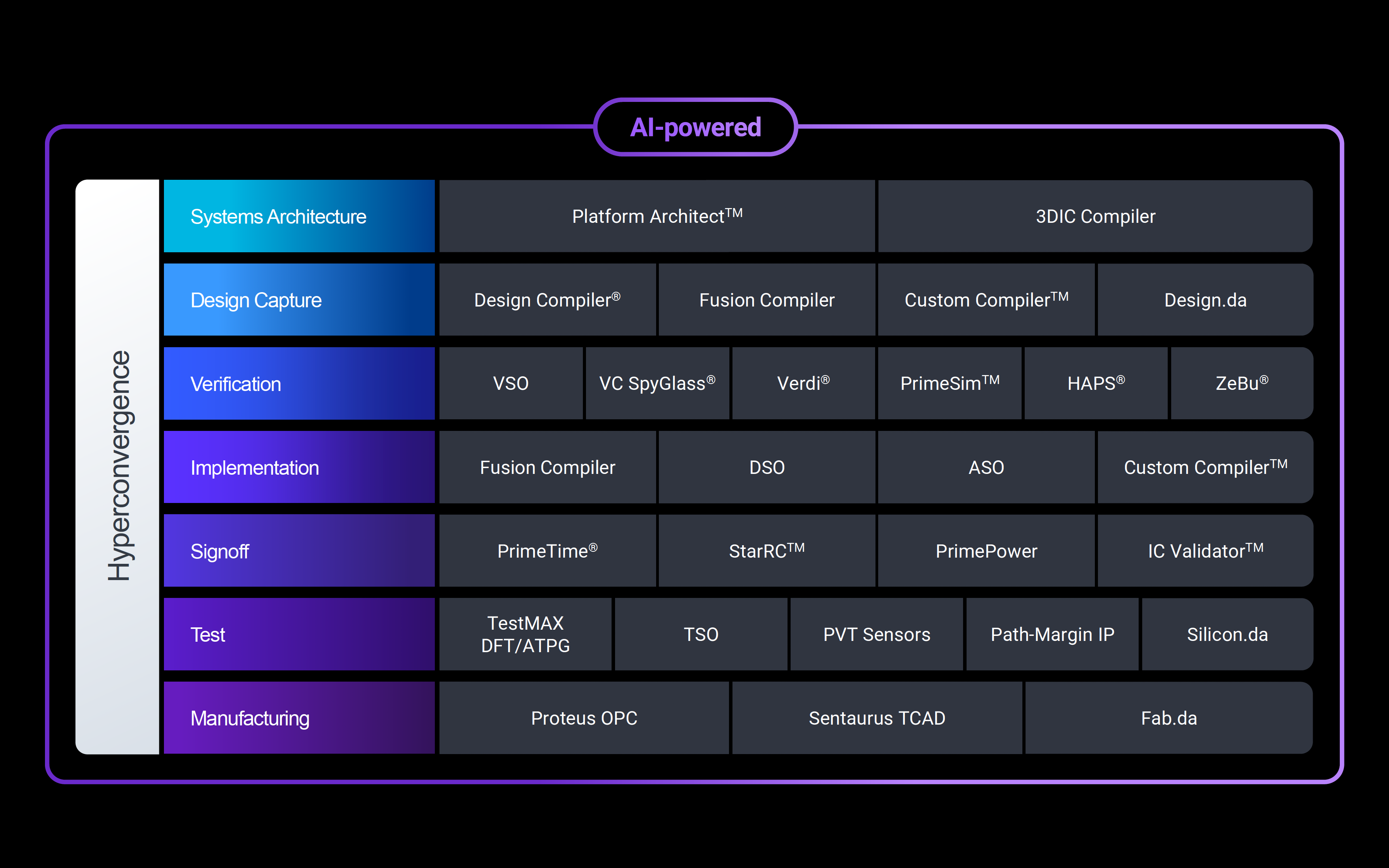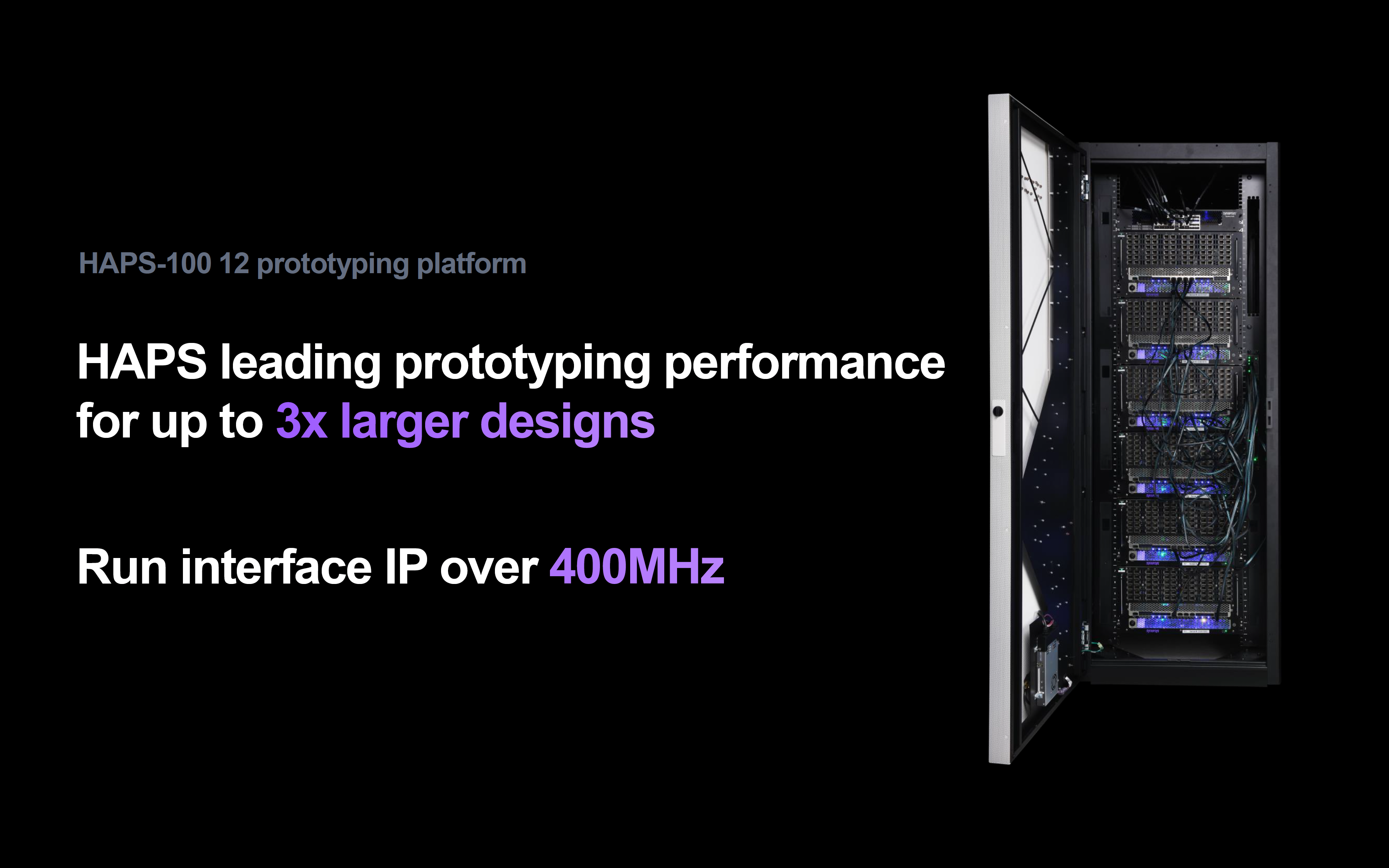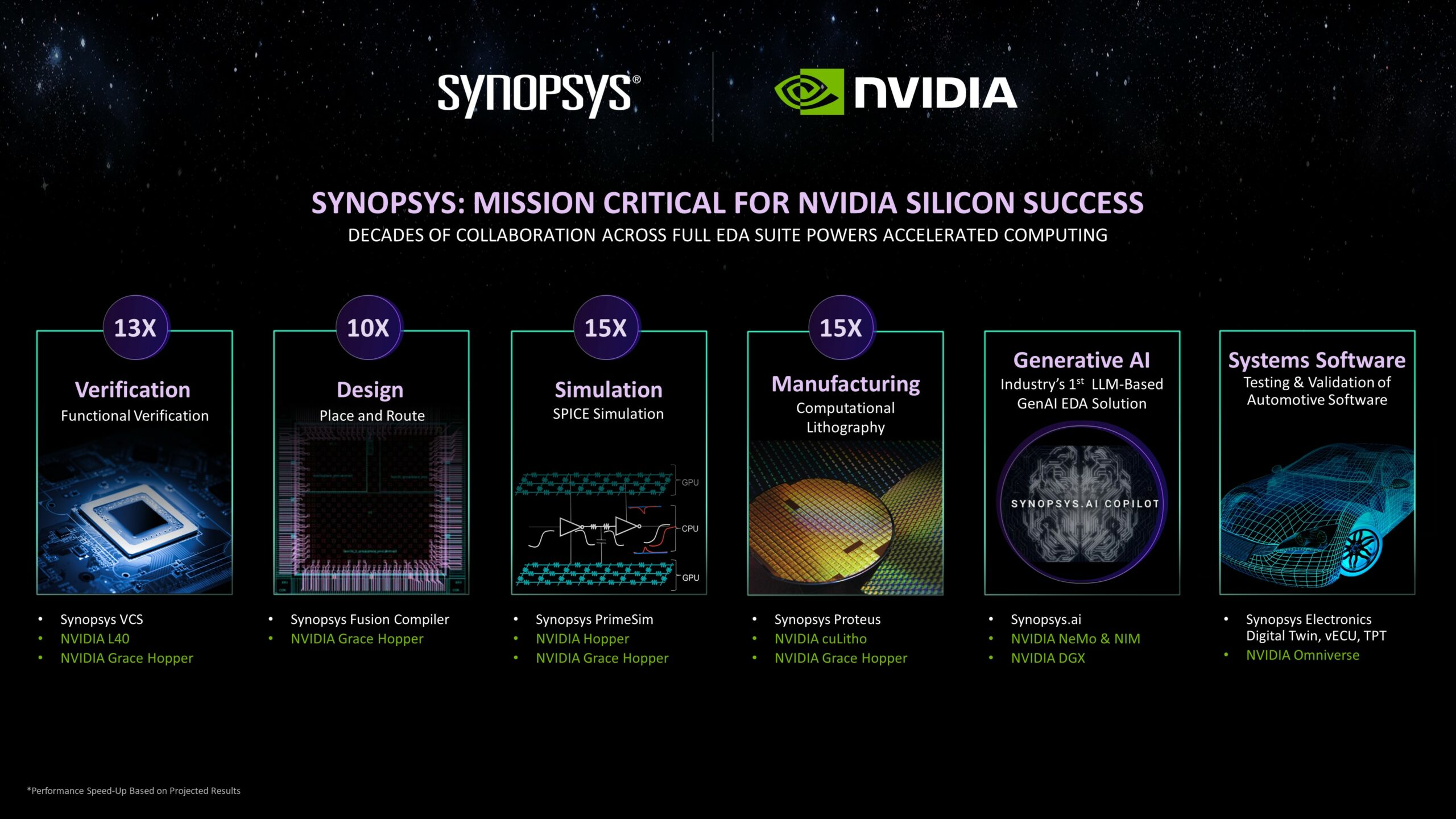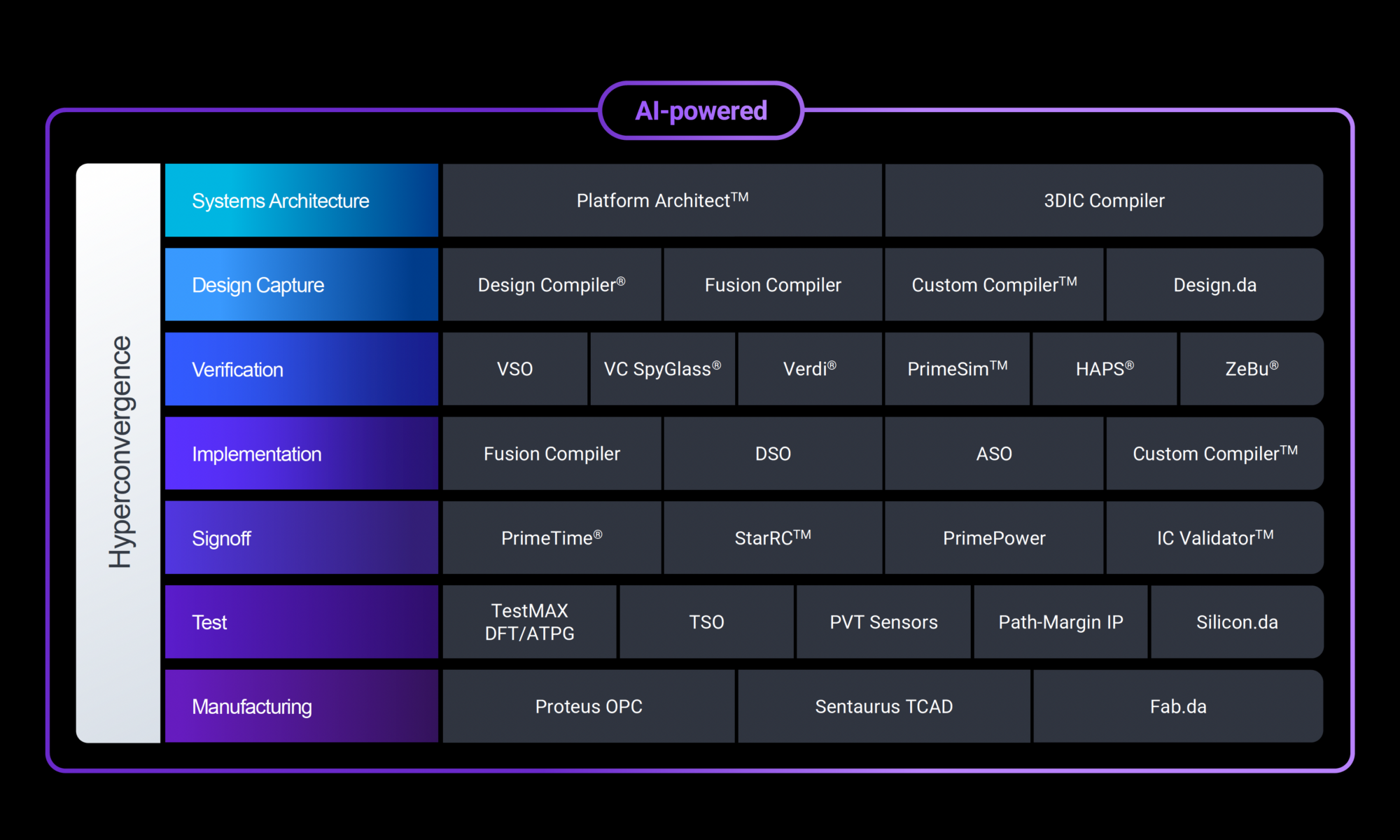After the leadership transition at the top, Synopsys had just a little more than two months before the company’s flagship event, the Synopsys User Group (SNUG) conference. The Synopsys user community and entire ecosystem were waiting to hear new CEO Sassine Ghazi’s keynote to learn where the company is going and its strategic vectors. Sassine, his executive team and the entire company delivered an amazing SNUG 2024.
Right after Sassine took over as CEO, SemiWiki had posted its take on why and how Synopsys is geared for next era’s opportunity and growth. SNUG 2024 with the tagline, “Our Technology, Your Innovation,” provided an excellent avenue for Synopsys to share insights on how the company is enhancing value for all stakeholders in the ecosystem. This was corroborated through numerous testimonials heard throughout the event, from many different companies large, medium and emerging alike.
The event was kicked off with the keynote talk which encapsulated and rounded up the two-day event including several news announcements. An added bonus during the keynote was a special in-person appearance by Jensen Huang, founder and CEO of Nvidia, for an interactive Q&A session with Sassine. The keynote covered the three main trends of increasing silicon complexity, productivity bottleneck and silicon and systems intersection as well as how Synopsys is addressing these with their technology solutions. The following is a synthesis of the keynote session.
Enabling Innovation with IP and EDA Solutions
At the core of Synopsys’ strategy lies its extensive portfolio of Intellectual Property (IP), cultivated with 25 years of industry experience. Synopsys’ IP offerings include a wide range of pre-designed functional blocks and subsystems, covering everything from processor cores and memory controllers to interface IP and analog IP. This IP serves as the foundational building blocks for silicon design, enabling customers to differentiate their products while streamlining the design process. Synopsys remains at the forefront of emerging technologies, ensuring customers have access to the latest IP standards and market trends, thus empowering them to stay ahead of the curve. An example being the company’s announcement at SNUG that it has acquired Intrinsic ID, a leading provider of physical unclonable function (PUF) IP used in SoC design. This addition to Synopsys’ semiconductor IP portfolio provides an additional level of hardware security that is critical for today’s embedded applications and IoT devices.
Synopsys provides a comprehensive suite of Electronic Design Automation (EDA) tools, powered by artificial intelligence (AI). The company’s EDA tools span the entire design flow. From RTL synthesis and simulation to place-and-route and sign-off, Synopsys’ EDA solutions cover every aspect of the design process, enabling designers to optimize their designs for performance, power, and area. By infusing AI into every facet of the design process, Synopsys enables customers to achieve breakthroughs in efficiency and productivity, thereby redefining the boundaries of silicon design. At SNUG, Synopsys announced the development of 3DSO.ai, a new AI-driven capability for 3D design space optimization and architectural exploration using native thermal analysis. The new capability is built into Synopsys 3DIC Compiler to deliver significant productivity gains while also maximizing performance and quality of results. Moreover, with the evolution to heterogenous SoCs, Synopsys’ EDA tools are tightly integrated with its IP portfolio, allowing for seamless interoperability and faster time-to-market.

Convergence of Silicon and Systems Design
With the rise of heterogeneous computing architectures and the proliferation of AI and machine learning workloads, designers must increasingly consider both silicon-level and system-level optimizations when designing their products. As hyperscaler companies invest heavily in silicon development to optimize workloads for specific applications, the traditional boundaries between chip design and system architecture are blurring. Synopsys recognizes the importance of this trend and offers solutions that bridge the gap between silicon and systems design.
Bridging the Gap between Silicon and Systems Design
Synopsys offers a range of solutions that span the entire design continuum, from silicon to systems. At SNUG, Synopsys unveiled two new hardware-assisted verification (HAV) solutions : Synopsys Zebu® EP2, the latest version in the ZeBu EP family of unified emulation and prototyping systems, and Synopsys HAPS®-100 12, Synopsys’ highest capacity and density FPGA-based prototyping system. By providing designers with the tools and methodologies needed to optimize both the silicon and system aspects of their designs, Synopsys enables them to deliver products that meet the demanding performance and efficiency requirements of today’s markets.


Synopsys’ Holistic Approach
As discussed above, Synopsys’ response to the three main trends is characterized by its holistic approach. Rather than focusing on individual components or stages of the design process, Synopsys offers a comprehensive suite of solutions, or stack, that spans the entire design flow, from concept to production. This integrated approach enables designers to seamlessly transition between different stages of the design process, ensuring continuity, efficiency, and accuracy at every step. By working closely with industry partners, customers, and academic institutions, Synopsys is able to stay at the forefront of emerging technologies and trends. This collaborative ecosystem approach not only fosters knowledge sharing and best practices but also drives innovation and accelerates time-to-market for new products and technologies.
Summary
From tackling silicon complexity to embracing the convergence of silicon and systems design, Synopsys is at the forefront of shaping the future of technology. With its extensive portfolio of IP and EDA solutions powered by AI, coupled with a commitment to innovation and collaboration, Synopsys empowers the designer community to think and operate holistically. Designers can easily navigate the complexities of silicon design and deliver breakthrough products that drive the industry forward. From software-driven architecture exploration to hardware-assisted verification, Synopsys provides customers with the tools needed to navigate the convergence of silicon and systems design.
As the semiconductor landscape continues to evolve, Synopsys remains steadfast in its mission to drive technological advancement and enable innovation for years to come. Below are some recent announcements relating to the topic of this keynote.
Synopsys Announces New AI-Driven EDA, IP and Systems Design Solutions At SNUG Silicon Valley
Synopsys Expands Semiconductor IP Portfolio With Acquisition of Intrinsic ID
Jensen Huang’s special appearance for an interactive Q&A during Sassine’s keynote talk at SNUG 2024 was centered around the following announcement and the two companies’ decades long working relationship.

Also Read:
2024 DVCon US Panel: Overcoming the challenges of multi-die systems verification
Synopsys Enhances PPA with Backside Routing
Complete 1.6T Ethernet IP Solution to Drive AI and Hyperscale Data Center Chips
Share this post via:






Comments
There are no comments yet.
You must register or log in to view/post comments.